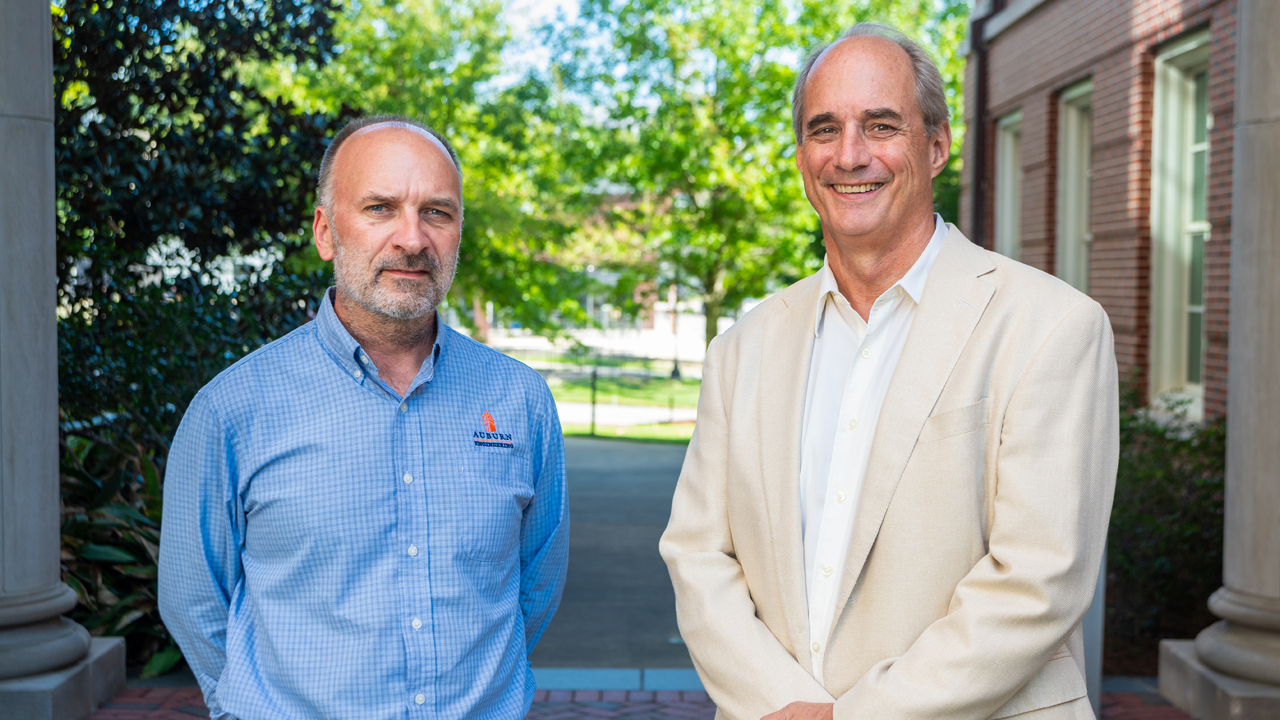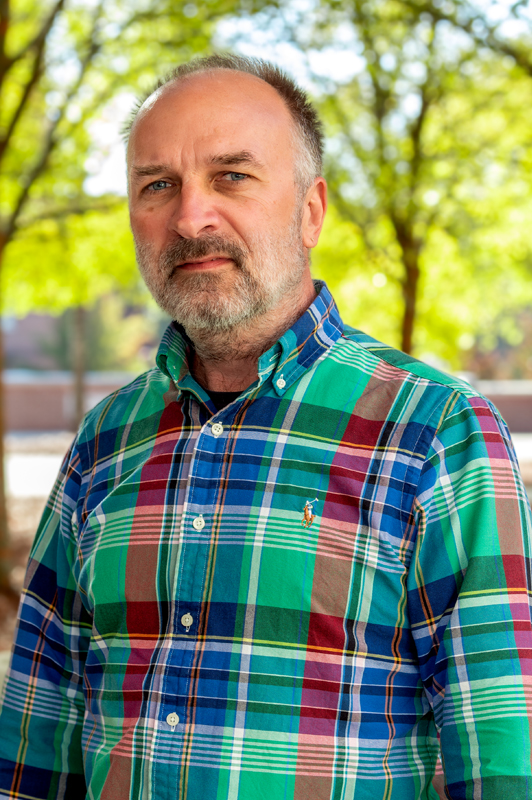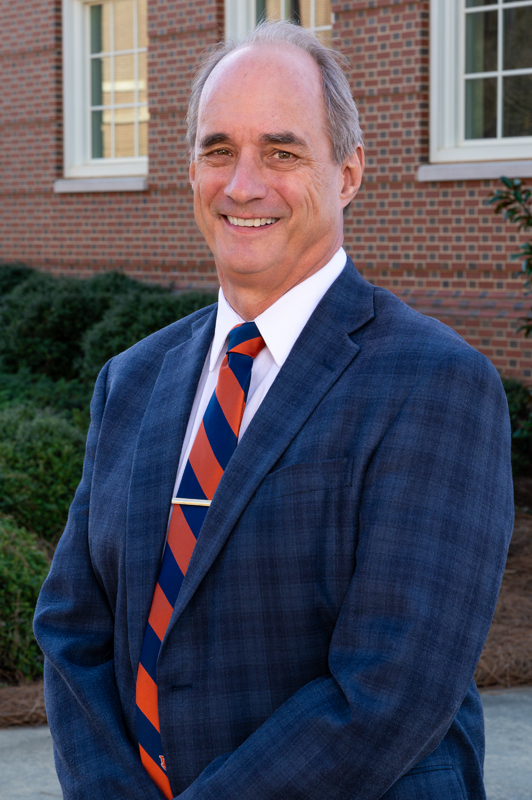Civil Engineering professors utilize $1.3M grant to improve pedestrian safety in local communities
Published: Jan 8, 2024 2:00 PM
By Dustin Duncan
Walking to school, work, or the grocery store is a daily routine for some Alabama residents. However, in Alabama’s Black Belt and other rural counties, high pedestrian crash rates and outdated pedestrian infrastructure have made these critical daily walking trips more dangerous than they should be.
Rod Turochy, associate director for Outreach for the Auburn University Transportation Research Institute and James Madison Hunnicutt professor in traffic engineering, and Larry Rilett, AUTRI Director, work with several housing authorities in the Black Belt region. Many of these neighborhoods have low automobile ownership rates, meaning more pedestrian traffic is on sidewalks and streets.
This effort is funded through a competitive $1.3 million grant provided through the U.S. Department of Transportation’s Rebuilding American Infrastructure with Sustainability and Equity (RAISE) program. The successful proposal was titled the Safe Transportation for Every Pedestrian In Underserved Communities Program, or STEP UP Alabama. STEP UP Alabama provides community engagement, planning, and design of pedestrian facility improvement projects in Demopolis, Eufaula, Eutaw, Enterprise, Georgiana, Greenville, Opp, Selma, Troy and Tuskegee.
“Alabama had more pedestrian fatalities in 2021 than in any of the past five years,” said Turochy, who serves as co-principal investigator on the project. “This trend is not unique to Alabama. For example, since 2010, pedestrian fatalities have increased by 77% across the U.S. It is clear that pedestrians continue to bear a disproportionate share of pain and suffering in vehicle-pedestrian crashes. Drivers are becoming more distracted, and sales of SUVs and pickups are increasing, which means the average vehicle is heavier and taller. Vehicles aren’t hitting people in the knees and legs anymore — drivers are more often striking pedestrians in their torsos.”
The first step in the project is to perform walkarounds with community stakeholders in the selected cities. AUTRI has teamed with the Fifty Fund, a nonprofit organization specializing in community engagement, to learn about the community's transportation needs.
“We want to learn where they are walking and how they are getting around town,” Turochy said. “We know many of these people aren’t walking just for exercise, but walking to get to school, the health department, work, and the grocery store.”
According to Joshua Lewis, community engagement specialist for the Fifty Fund, the project is an excellent example of partnering engineering with community engagement.
“Everyone is included, such as grandparents who walk for their health, parents who walk with strollers to the grocery store, and folks who walk home late after working,” Lewis said. “This approach ensures that the engineering solutions developed through this program truly meet community needs."
Transportation engineers for selected consulting firms are present during these walkarounds to identify areas of improvement for pedestrians. Turochy said many of these communities haven’t seen pedestrian facility upgrades in several decades, and most of the pedestrian facilities in the underserved communities aren’t compliant with the Americans with Disabilities Act (ADA). Additionally, he said data shows that minority and lower-income communities experience a disproportionate share of pedestrian crashes, and improvements to pedestrian facilities should substantially improve safety in these areas.
After the walkarounds, the engineering firms hired through the grant create conceptual designs to ensure the community and the engineers are on the same page with suggested upgrades. Then, the engineering firm will design a complete construction plan for each community that community leaders can use when applying for grants.
"The project addresses a critical gap for community leaders,” Rilett said. “While there are funding mechanisms for pedestrian improvements in these communities, often they require extensive paperwork and detailed plans – which can be problematic for underserved and poorer communities. The communities we work with have the greatest need for pedestrian improvements while simultaneously facing the greatest difficulty in identifying the resources necessary to compete successfully for funding. By providing the necessary paperwork and ‘shovel-ready’ plans, the community leaders will be in the perfect position to apply for state and federal construction grants.”
“All these communities need to do is have the various stakeholders show up and provide input, and we’ll make sure they are competitive when it comes time to receive funding,” Turochy said. "This project will support a more sustainable and equitable transportation system by improving pedestrian safety. I am particularly proud that we will be making a difference in these communities by ultimately improving pedestrian safety."
Media Contact: , dzd0065@auburn.edu, 334-844-2326
Rod Turochy, associate director for Outreach for the Auburn University Transportation Research Institute and James Madison Hunnicutt professor in traffic engineering (left) and Larry Rilett, AUTRI Director, are working with several housing authorities throughout Alabama to improve pedestrian safety.



